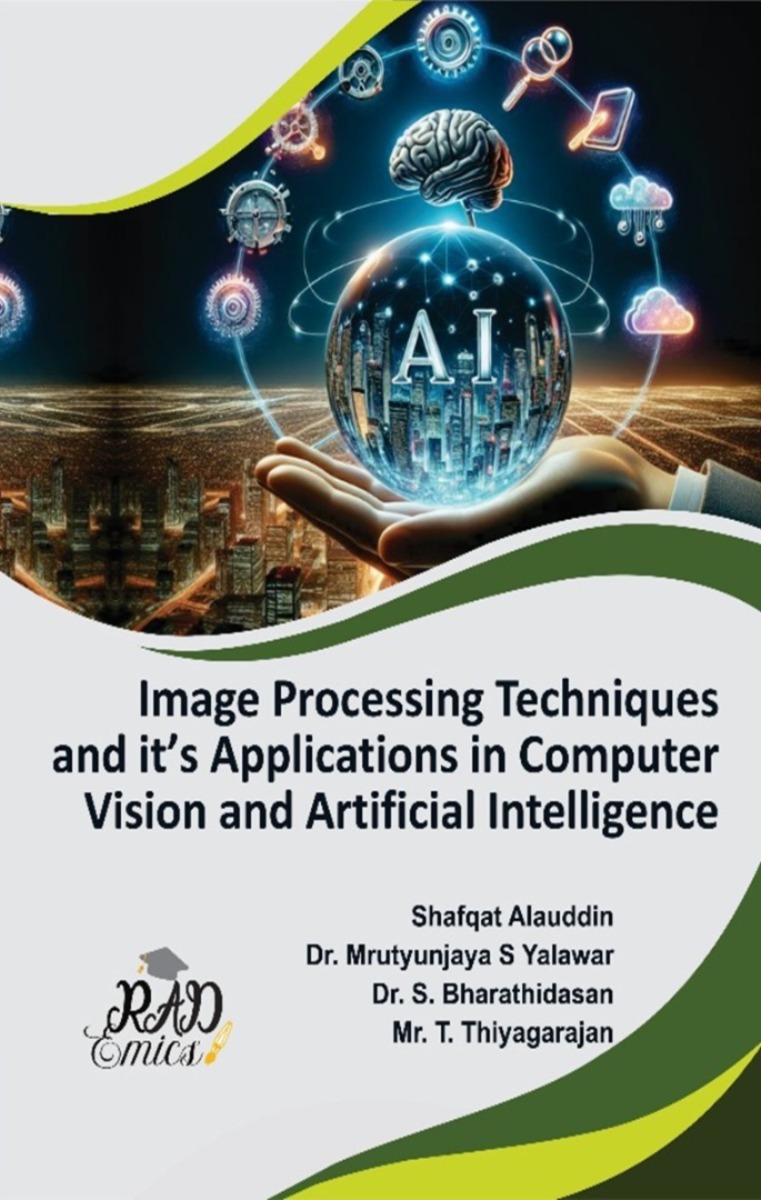
Peer Reviewed Chapter
Chapter Name : Image Registration Techniques for Multi-Modal Imaging Including Feature-Based and Intensity-Based Methods
Author Name : Shrikant Dnyandeo Bhopale, Jyoti Gupta
Copyright: © 2024 | Pages: 27
DOI: 10.71443/9788197933660-12
Received: 30/05/2024 Accepted: 21/08/2024 Published: 30/10/2024
Abstract
Image registration serves as a crucial technique in various fields, enabling the alignment and integration of images captured from different sources or modalities. This chapter delves into fundamental principles of image registration, highlighting the significance of robust estimation techniques in enhancing registration accuracy. A comprehensive exploration of historical advancements underscores the evolution of registration methods, while cross-disciplinary applications illustrate their impact in domains such as medical imaging, remote sensing, and computer vision. Challenges associated with cross-modal registration are critically analyzed, and strategies for successful alignment are proposed, emphasizing the need for innovative approaches to overcome variability in image characteristics, noise, and geometric discrepancies. The chapter concludes by discussing future directions and emerging trends in image registration, including the integration of machine learning techniques. This synthesis of knowledge aims to provide a thorough understanding of image registration techniques for multi-modal imaging, bridging gaps between theoretical frameworks and practical applications.
Introduction
Image registration was an essential process in the field of image analysis that involves aligning two or more images into a common coordinate system [1]. This technique was crucial for extracting meaningful information from multimodal images acquired from different sensors or at different times [2]. By ensuring that corresponding points in the images coincide, image registration enhances data interpretation and allows for a comprehensive analysis of complex datasets [3]. The ability to accurately align images was fundamental in various applications, including medical imaging, remote sensing, and computer vision, where precise measurements and assessments are necessary [4,5].
The evolution of image registration techniques has been shaped by advancements in computational methods and the increasing availability of diverse imaging modalities [6]. Early methods primarily focused on rigid transformations, where images were aligned using simple geometric transformations such as translation, rotation, and scaling [7,8]. As imaging technologies advanced, the need for more sophisticated techniques arose [9]. Modern registration methods now encompass a wide array of algorithms, including affine, non-rigid, and intensity-based approaches [10]. These developments have significantly improved the accuracy of image alignment, allowing researchers to integrate images with varying characteristics, such as contrast, resolution, and noise levels [11,12].